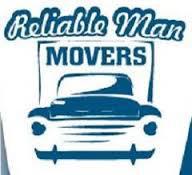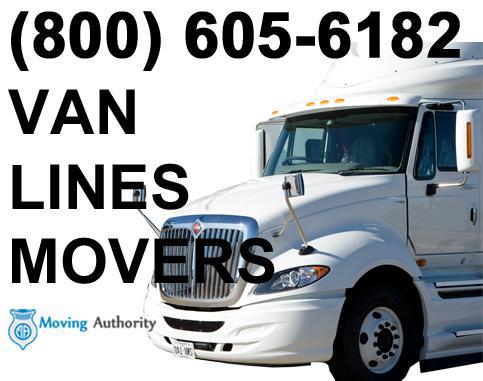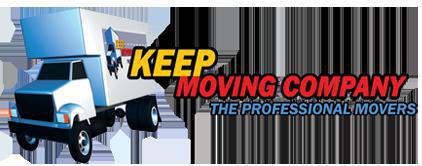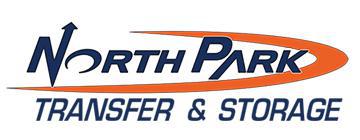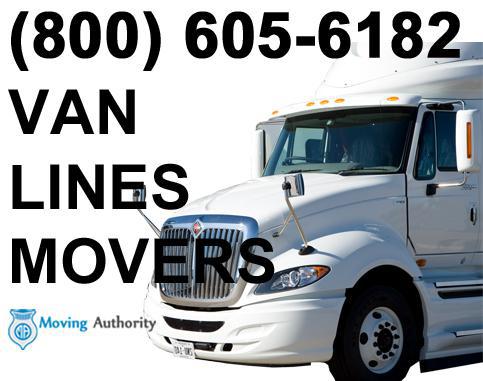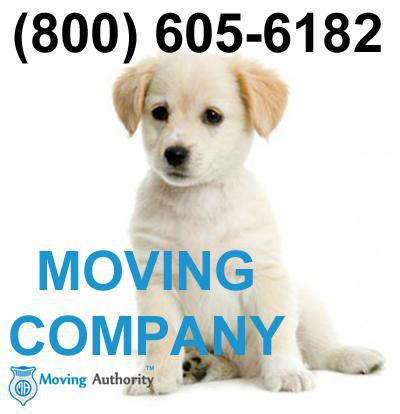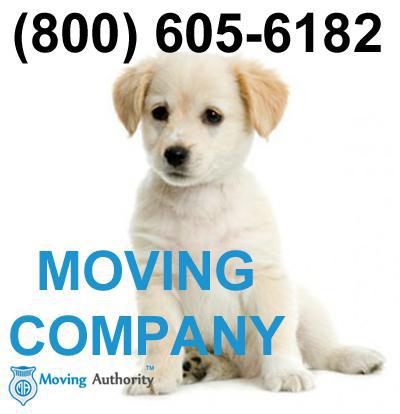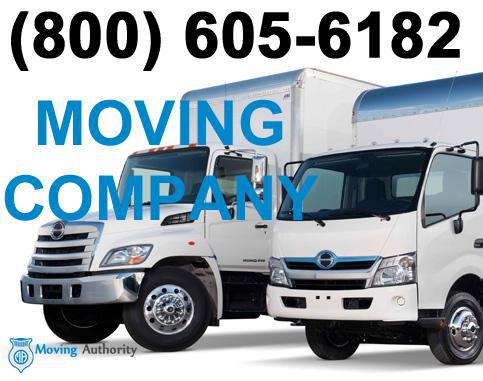LAST REVIEW
<QuerySet [<Review: Jessica G, Awesome organiz>, <Review: Steve M., A reasonable qu>, <Review: Sheila Dine-Arthur, This is the wor>, <Review: Sheila Dine-Arthur, DO NOT USE THIS>]>
5
1
2
Reviewed <QuerySet [<Review: Jessica G, Awesome organiz>, <Review: Steve M., A reasonable qu>, <Review: Sheila Dine-Arthur, This is the wor>, <Review: Sheila Dine-Arthur, DO NOT USE THIS>]> times,
customer satisfaction.
United States
California
Warner Springs
DO NOT USE THIS COMPANY. They are unskilled, will not take responsibility for damage and will not finish the job. At the end of their move, they insist on you signing an insurance waiver! After my nightmare with them, I found they have been sued 14 times!! BEWARE!!!
LAST REVIEW
<QuerySet [<Review: Aaron O., I expected to d>, <Review: Glib T, I'm so eager to>, <Review: Anali, What an amazing>, <Review: Martin M., Had a great mov>]>
5
1
5
Reviewed <QuerySet [<Review: Aaron O., I expected to d>, <Review: Glib T, I'm so eager to>, <Review: Anali, What an amazing>, <Review: Martin M., Had a great mov>]> times,
customer satisfaction.
United States
California
Warner Springs
Had a great move by Flying Eagle from Del Mar to San Jose . Inquired with Roman via Yelp then reached out directly. He was super helpful and made me feel at ease as this was the first time I have used movers and moving long distance. Roman sent me a very competitive bid to move, significantly less than his competitors but not the cheapest option. I appreciated that his bid was "flat rate" this may be on a case by case basis but I wasn't sure how many boxes I would have, just general idea (of course I was 10-15 boxes short) and the big items + it was a inclusive bid so I did not pay hourly/ tolls/ gas etc. Everything went very smooth from initial contact, I paid deposit online and then reached out with a few questions prior to move date. Morning of guys showed up right on time and got my wardrobe (they handle boxing hangers etc) 30 boxes + furniture packed and loaded in about 2.5 hours. 8.5 hours later we were all in San Jose and they were unloading everything just as fast (shout out to the parallel parking job that they did in a huge truck). My only complaint is they brought up tipping multiple times, I was told the day before when I talked to Roman, read it on my confirmation email and the mover awkwardly told me what was standard and the $$ amount- I'm all for a tip when deserved, and these guys deserved every bit of it, but don't like to feel obligated to a % or $. None the less I am here, my stuff is here in perfect condition and I did little to no work, so I am happy. Thanks Roman and Flying Eagle Moving!!!
LAST REVIEW
<QuerySet [<Review: Nadia K., They moved our >, <Review: rebecca, horrible movers>, <Review: amanda, HORRIBLE MOVERS>]>
5
1
2
Reviewed <QuerySet [<Review: Nadia K., They moved our >, <Review: rebecca, horrible movers>, <Review: amanda, HORRIBLE MOVERS>]> times,
customer satisfaction.
United States
California
Warner Springs
HORRIBLE MOVERS, SOME OF THE WORST I HAVE EVER DEALT WITH. WILL DAMAGE YOUR HOME, AND NOT TAKE RESPONSIBILITY FOR IT. THEY LIE AND RUN A VERY DISHONEST BUSINESS. TAKE YOUR BUSINESS ELSEWHERE, UNLESS U WANT YOUR HOME, FLOORS, AND FURNITURE DESTROYED.
LAST REVIEW
<QuerySet [<Review: David h., Opportune react>, <Review: Christine A., Great occupatio>, <Review: Kara Mandujano, Speedy, effecti>]>
5
1
4
Reviewed <QuerySet [<Review: David h., Opportune react>, <Review: Christine A., Great occupatio>, <Review: Kara Mandujano, Speedy, effecti>]> times,
customer satisfaction.
United States
California
Warner Springs
Speedy, effective, reasonable. I've moved with them three times as of now and they will keep on being my go-to group. They have reliably been on-time and to-gauge. Their rates are magnificent and they charge for way to-entryway time as it were. There are no concealed gas, mileage, or twofold driving charges.
LAST REVIEW
<QuerySet [<Review: Anna Lebron, They have the b>, <Review: Howard chase, This is the of>, <Review: Richard Fullylove, Best company>]>
5
1
5
Reviewed <QuerySet [<Review: Anna Lebron, They have the b>, <Review: Howard chase, This is the of>, <Review: Richard Fullylove, Best company>]> times,
customer satisfaction.
United States
California
Warner Springs
LAST REVIEW
<QuerySet [<Review: Randall B., We had the Keep>, <Review: george davis, It is with incr>, <Review: Randall B., We had the Keep>]>
5
1
4
Reviewed <QuerySet [<Review: Randall B., We had the Keep>, <Review: george davis, It is with incr>, <Review: Randall B., We had the Keep>]> times,
customer satisfaction.
United States
California
Warner Springs
We had the Keep Moving Company move our family unit from the Central Valley to the San Diego in December. Emilio Marin headed up the team, and they were extremely proficient, dependable, and gave an awesome moving background all around. For crosswise over town or interstate moves, we suggest them profoundly.
LAST REVIEW
<QuerySet [<Review: Myla M, Absolutely incr>, <Review: Seth L, Found out about>, <Review: Alex Smith, Vad is a great >]>
5
1
4
Reviewed <QuerySet [<Review: Myla M, Absolutely incr>, <Review: Seth L, Found out about>, <Review: Alex Smith, Vad is a great >]> times,
customer satisfaction.
United States
California
Warner Springs
Vad is a great guy. He have responded to my email within 10 min. His hourly rate and price estimate seemed reasonable to me.
Booking was easy.
After my move was finished, I could not be more impressed with their service. Two gentlemen worked hard and efficient. Definitely recommend.
LAST REVIEW
<QuerySet [<Review: Jennifer C., This mover made>, <Review: Connie M, Mark and Missy >, <Review: Kelly M., These folks are>]>
5
1
4
Reviewed <QuerySet [<Review: Jennifer C., This mover made>, <Review: Connie M, Mark and Missy >, <Review: Kelly M., These folks are>]> times,
customer satisfaction.
United States
California
Warner Springs
These folks are brilliant! They were sorted out and effective from the moment they arrived. They stacked up our townhouse rapidly and dumped our new home considerably speedier. They were decent, expert, and all the more significantly cautious with our assets. They were extremely aware of their surroundings ensuring they didn't harm dividers, light installations, and so forth. I was most inspired at the quality it took for our curved machine and cowhide couch. They made it look so natural. The expense was substantially more sensible than different organizations that I reached. Between the cost and the kind voice on the telephone, it was a no brainier that I was going to contract them. I am glad to the point that I did. Moving day was a breeze and push free! Much thanks to you to such an extent! In the event that I ever move again, I will call Galaxy Movers!
LAST REVIEW
<QuerySet [<Review: Mollie Ellis, These individua>, <Review: Eric B., Completely stay>]>
5
1
2
Reviewed <QuerySet [<Review: Mollie Ellis, These individua>, <Review: Eric B., Completely stay>]> times,
customer satisfaction.
United States
California
Warner Springs
Completely stay away from no matter what. Hooligans and cheats; if that is who you need moving your family's things, then look no further. Driver declined to convey things to the pre-decided capacity area.
LAST REVIEW
<QuerySet [<Review: Joanna G, I am extremely >, <Review: Houston F, Effectively the>]>
5
1
4
Reviewed <QuerySet [<Review: Joanna G, I am extremely >, <Review: Houston F, Effectively the>]> times,
customer satisfaction.
United States
California
Warner Springs
Effectively the best moving organization around! I'll never utilize any other person... no harm, quick pace, deferential and dedicated folks.
LAST REVIEW
<QuerySet [<Review: Annette L., I simply utiliz>, <Review: Jane.A, These folks wer>]>
5
1
4
Reviewed <QuerySet [<Review: Annette L., I simply utiliz>, <Review: Jane.A, These folks wer>]> times,
customer satisfaction.
United States
California
Warner Springs
These folks were marvelous. They were quick, affable, proficient, and persevering. I was so inspired I chose to purchase them lunch after all their diligent work!
LAST REVIEW
<QuerySet [<Review: Raul C., Our moving grou>, <Review: Ben, Great company! >]>
5
1
4
Reviewed <QuerySet [<Review: Raul C., Our moving grou>, <Review: Ben, Great company! >]> times,
customer satisfaction.
United States
California
Warner Springs
Great company!
this is the 3rd time im using them and everything was awesome!
they arrived on time and started to work right away, they charged me $50 less then the estimate.
LAST REVIEW
<QuerySet [<Review: Woody Marleson, Showed up late.>, <Review: Rika L, Curtis, Nico, R>]>
5
1
2
Reviewed <QuerySet [<Review: Woody Marleson, Showed up late.>, <Review: Rika L, Curtis, Nico, R>]> times,
customer satisfaction.
United States
California
Warner Springs
Curtis, Nico, Richard, and David moved my companion from Carlsbad to Oceanside in the pouring precipitation. They were exceptionally proficient and amazingly supportive amid the move. They went well beyond their obligation at hand. I would prescribe them to anybody particularly since they are sensibly valued. Contrasted with any movers I have utilized as a part of the past, they are basically the best.
LAST REVIEW
<QuerySet [<Review: Lola M., This mover made>, <Review: Maureen Nikaido, Absolutely prof>]>
5
1
4
Reviewed <QuerySet [<Review: Lola M., This mover made>, <Review: Maureen Nikaido, Absolutely prof>]> times,
customer satisfaction.
United States
California
Warner Springs
Absolutely proficient, affable and to a great degree dedicated group. We were truly inspired with their work and would prescribe them without a second thought.
LAST REVIEW
<QuerySet [<Review: Dorothy Wilson, Absolutely prof>, <Review: Cynthia S., They are well >]>
5
1
4
Reviewed <QuerySet [<Review: Dorothy Wilson, Absolutely prof>, <Review: Cynthia S., They are well >]> times,
customer satisfaction.
United States
California
Warner Springs
They are well disposed, affable, and proficient. They came right on time, and were exceptionally effective.

